What is the tolerance range of precision screws?
What is the tolerance range of precision screws?
Service Hotline
+86760-8787 8587We have more than ten years of production experience in the screw industry, the main products are: 60# heptagon head torx star handle adjusting rubber head screw, pure copper cap nut, bridge screw, GB854 single ear anti-return washer, ring pull screw , copper embedded nuts, extended hexagon screws, cap nuts, titanium nuts, practical connectors square female nuts, inner multi-washers, self-locking bolts, lifting nuts, screw bolts, plastic hexagonal nuts, etc. Due to the different materials and specifications of the products, the prices are also different, if necessary, please contact us.


The quality of electroplating is measured primarily by its corrosion resistance, followed by appearance. Corrosion resistance is to imitate the working environment of the product, set it as the test condition, and perform a corrosion test on it. The quality of electroplating products shall be controlled from the following aspects: 1. Appearance: Partial uncoated, scorched, rough, gray, peeling, crusted, and obvious stripes are not allowed on the surface of the product, and pinholes, pitting, and black plating are not allowed. Slag, loose passivation film, cracks, peeling off and serious passivation marks. 2. Coating thickness: The operating life of fasteners in corrosive atmosphere is proportional to its coating thickness. The general recommended thickness of economical electroplating coating is 0.00015in ~ 0.0005in (4 ~ 12um). Hot-dip galvanizing: the standard average thickness is 54 um (43 um for diameter ≤ 3/8), and the minimum thickness is 43 um (37 um for diameter ≤ 3/8). 3. Coating distribution: With different deposition methods, the aggregation method of the coating on the surface of the fastener is also different. During electroplating, the coating metal is not uniformly deposited on the peripheral edge, and a thicker coating is obtained at the corners. In the threaded portion of the fastener, the thickest coating is located on the thread crest, gradually thinning along the flank of the thread, and the thinnest deposit is at the bottom of the thread, while hot dip galvanizing is just the opposite, the thicker coating is deposited on the inside corners and On the bottom of the thread, mechanical plating tends to deposit the same metal as hot-dip plating, but is smoother and has a much more uniform thickness over the entire surface [3]. 4. Hydrogen embrittlement: During the processing and processing of fasteners, especially in the pickling and alkali washing before plating and the subsequent electroplating process, the surface absorbs hydrogen atoms, and the deposited metal coating then traps hydrogen. When the fastener is tightened, the hydrogen is transferred towards the most stressed parts, causing the pressure to build up beyond the strength of the base metal and producing microscopic surface cracks. Hydrogen is particularly active and quickly seeps into the newly formed fissures. This pressure-rupture-penetration cycle continues until the fastener breaks. Usually occurs within a few hours after the first stress application. To eliminate the threat of hydrogen embrittlement, fasteners are heated and baked as soon as possible after plating to allow hydrogen to seep out of the plating, typically at 375-4000F (176-190C) for 3-24 hours. Since mechanical galvanizing is non-electrolyte, this virtually eliminates the threat of hydrogen embrittlement, which exists in galvanizing using electrochemical methods. In addition, due to engineering standards, it is forbidden to hot-dip galvanize fasteners with hardness higher than HRC35 (Imperial Gr8, metric 10.9 and above). Therefore, hydrogen embrittlement rarely occurs in hot-dip plated fasteners. 5. Adhesion: Cut or pry off with a solid tip and considerable pressure. If, in front of the blade tip, the coating peels off in flakes or skins, exposing the base metal, the adhesion shall be considered insufficient.
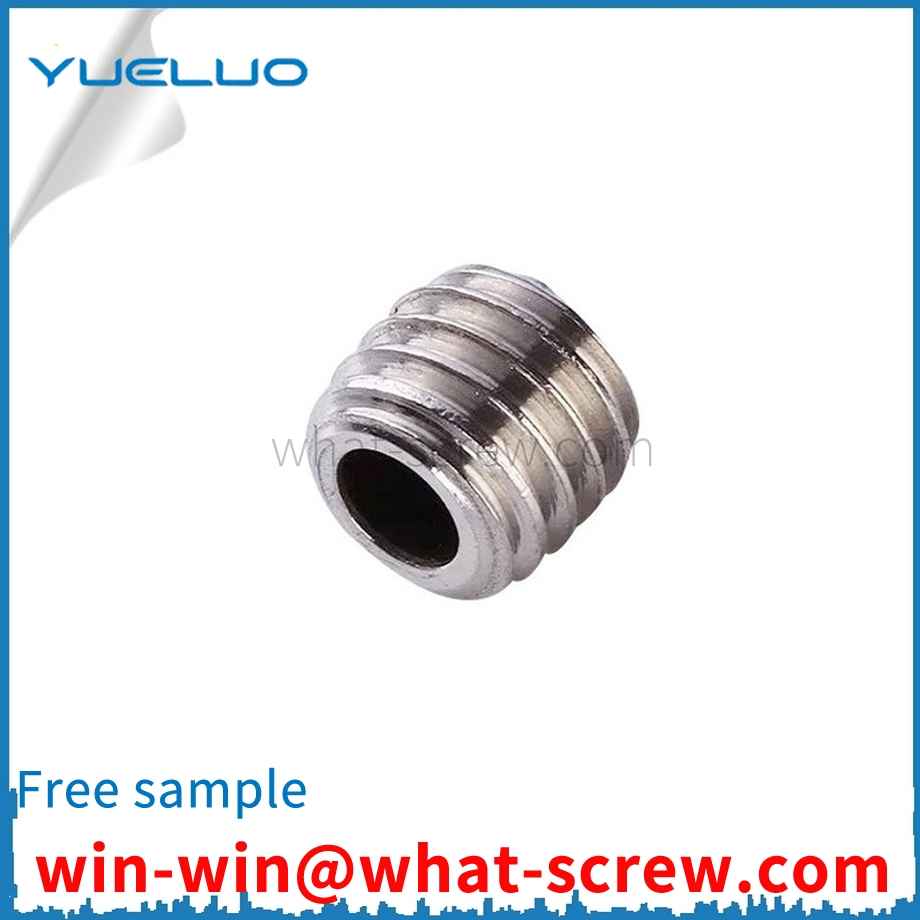
Sprinkle the excess flat washer 6 on the positioning plate II3-1 on the flat washer positioning plate 3, and shake the flat washer positioning plate 3 by hand. After a short time, the flat washer 6 will be positioned and arranged on the upper positioning plate II3-1. In the flat washer hole 3-7, since the width of the opening groove 113-32 of the baffle plate II3-3 is smaller than the diameter of the flat washer hole 3-7, and the thickness of the upper positioning plate II3-1 is designed according to the thickness of the flat washer 6, each Only one flat washer 6 can be accommodated in the flat washer holes 3-7 of each upper positioning plate II3-1, and then use a brush to remove the excess flat washer
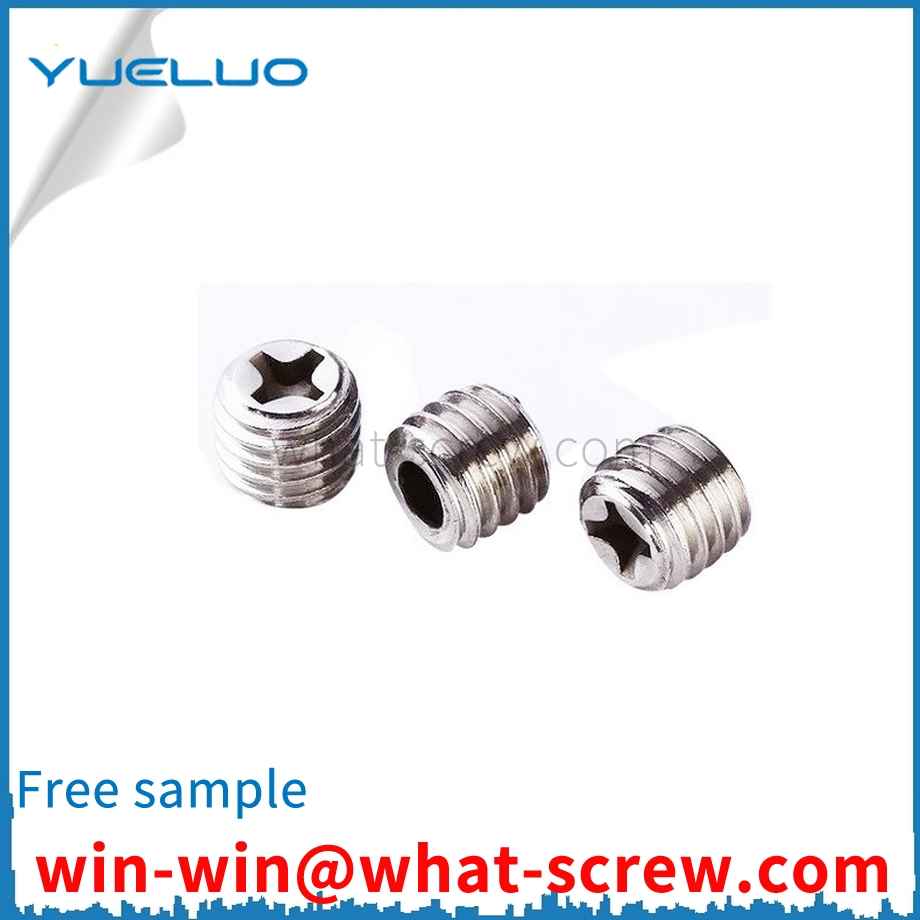
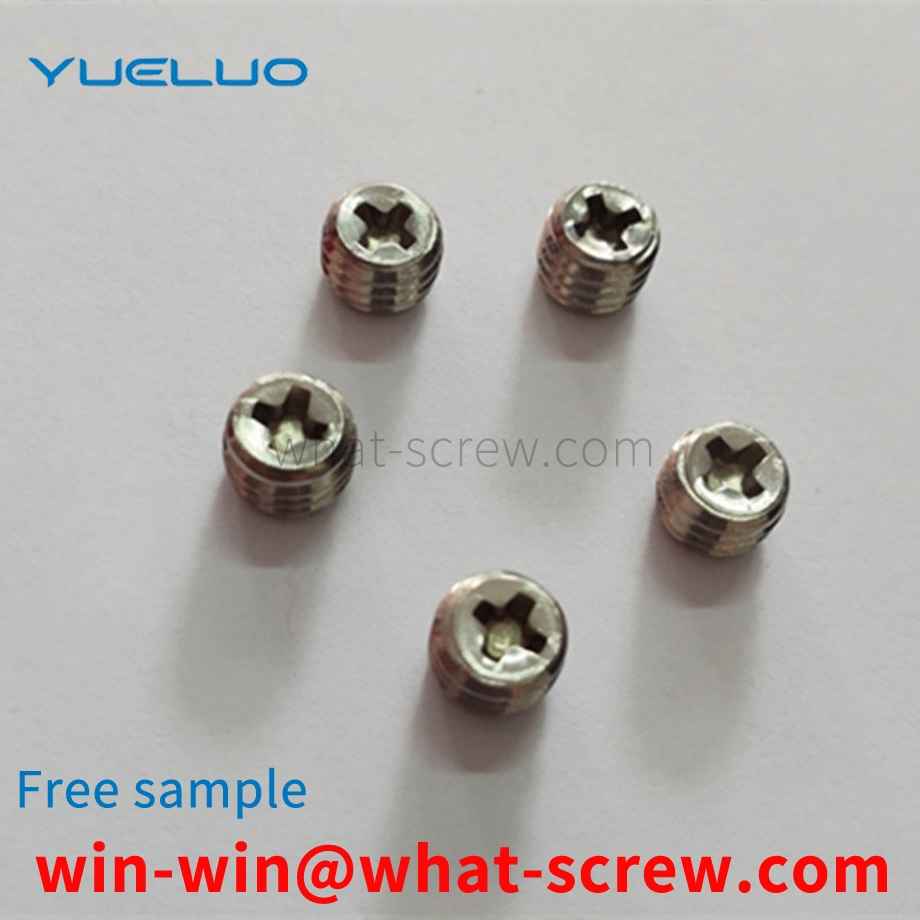
In view of the above-mentioned deficiencies of the prior art, Guangdong Yueluo Hardware Industry Co., Ltd. aims to provide a stamping die and stamping parts for punching rivets, and a positioning floating pin is added on the die to solve the problem of the prior art. The placement of the rivets during punching is inaccurate, resulting in the problem of poor quality. In order to achieve the above purpose, Guangdong Yueluo Hardware Industry Co., Ltd. has adopted the following technical solutions: a stamping die for punching rivets, including a lower die base, a lower die plate and a lower die insert block; the lower die plate and the lower die insert The block is arranged on the lower die base, and the lower die entry block passes through the lower die plate and protrudes to one side of the lower die plate, and a positioning floating pin is arranged in the lower die entry block, An elastic member for supporting the positioning lift pin is arranged in the lower die holder. The punching die for punching rivets further includes an upper die base, an upper clamping plate and a riveting punch, the upper clamping plate and the riveting punch are arranged on the upper die base, and the riveting punch passes through the upper die base. The upper splint extends to one side of the upper splint. In the punching die for punching rivets, the positioning and lifting pins are provided with protrusions for guiding the rivets. In the punching die for punching rivets, the lower die base is provided with a set screw for fixing the elastic member. In the punching die for punching rivets, the stop screw is installed on the bottom surface of the lower die base. In the punching die for punching rivets, a lower backing plate is arranged between the lower die base and the lower template. In the punching die for punching rivets, the elastic member is a spring. A stamping part is provided with rivets, and the rivets are stamped and fixed by the above-mentioned stamping die. In the stamping part, the stamping part is a back plate. Compared with prior art, the stamping die and the stamping part that Guangdong Yueluo Hardware Industry Co., Ltd. provides for punching rivets, have adopted and set up positioning floating pins in the lower die block, in the lower die holder An elastic piece for supporting the positioning lift pin is provided. Before punching, the positioning lift pin is held up by the elastic piece, so that the positioning lift pin extends out of the lower die into the block, and the rivet is placed on the positioning lift pin during stamping. On the pin, the rivet is guided by the positioning lift pin. During the stamping process, the rivet falls closely with the positioning lift pin to prevent the rivet from being skewed. When the stamping die is completely closed, the stamping is completed, which improves the quality of the stamped product and greatly improves the production efficiency.
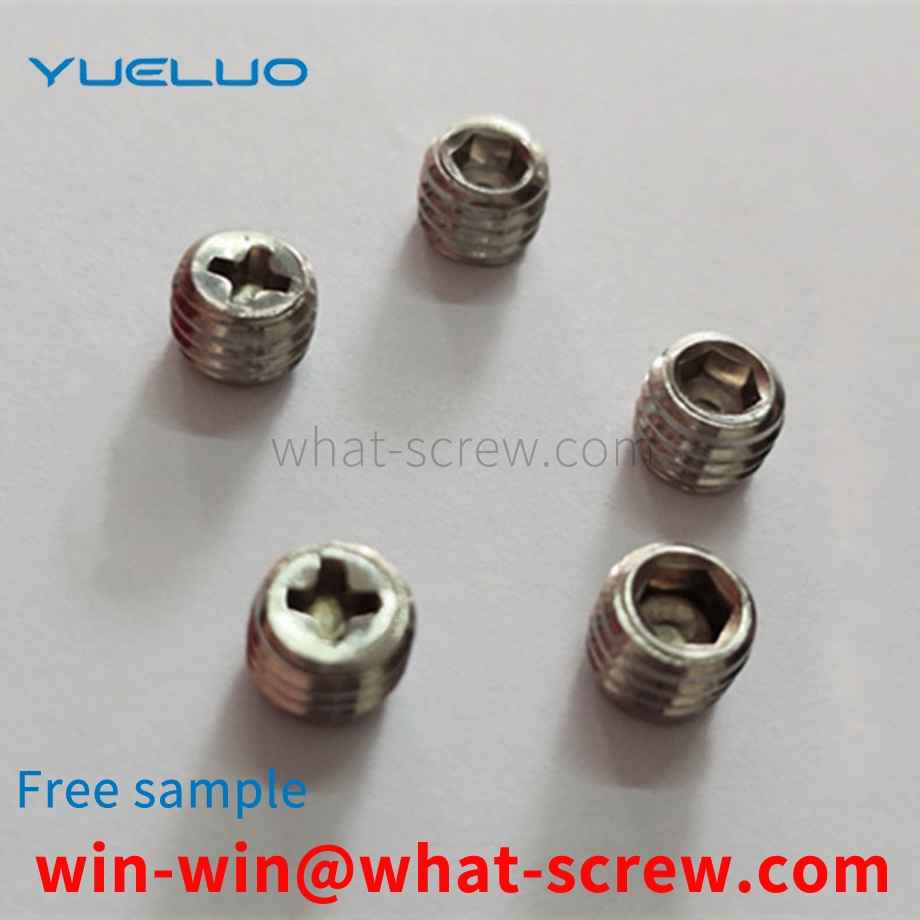
Riveting is the most traditional way of connecting metal parts. It has the advantages of easy operation, high reliability and not easy to deform. It is widely used in the skeleton of outdoor products such as tents and camp beds. Commonly used aluminum alloy rivets use their own deformation or interference to connect the parts of the riveted parts in the riveting process. Due to cost and functional considerations, the rivet and the riveted material are often different, which is easy to occur in outdoor high humidity. Electrochemical corrosion, and the commonly used high-strength thin-walled pipes have a large shear stress on the aluminum alloy rivets at the riveting point. Under the combined action of the above two factors, it is easy to cause deformation or even breakage at the riveting point, which affects the life of outdoor products. A kind of Corrosion and shear resistant aluminium alloy rivets.
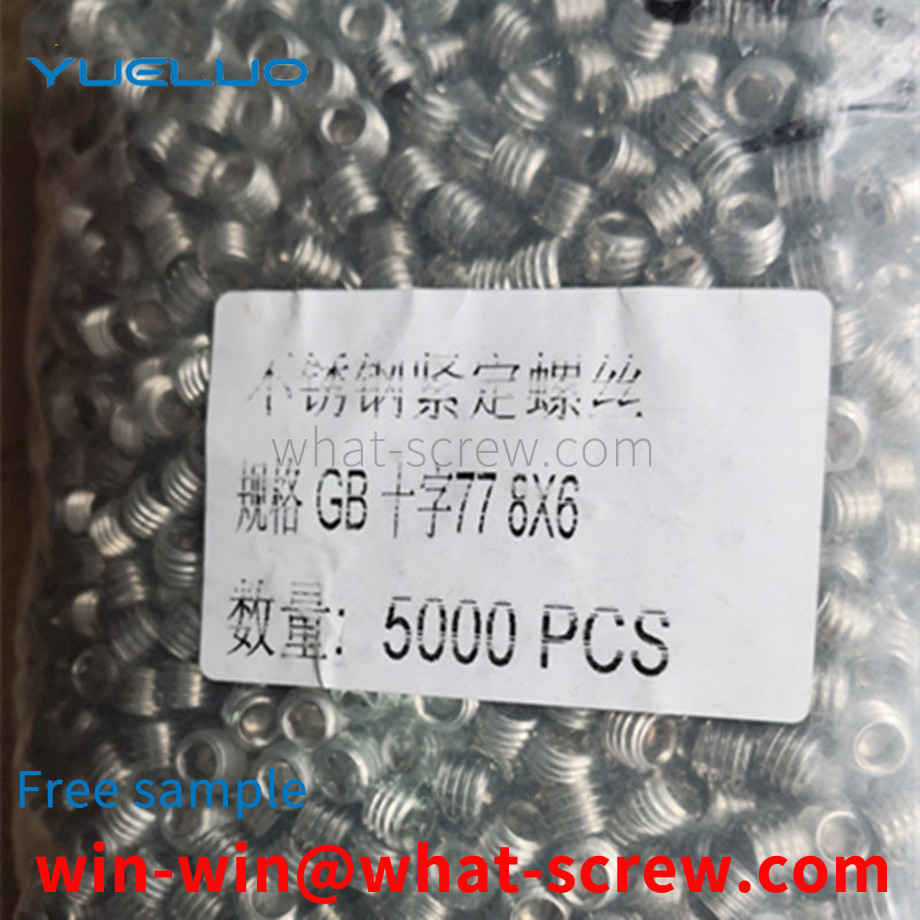
The above content is uploaded by Yueluo or the Internet. If there is any copyright issue, please contact [email protected].

What is the tolerance range of precision screws?

How to choose the right stainless steel screw manufacturer?

Why is there an R angle under the head of the hexagon head s...
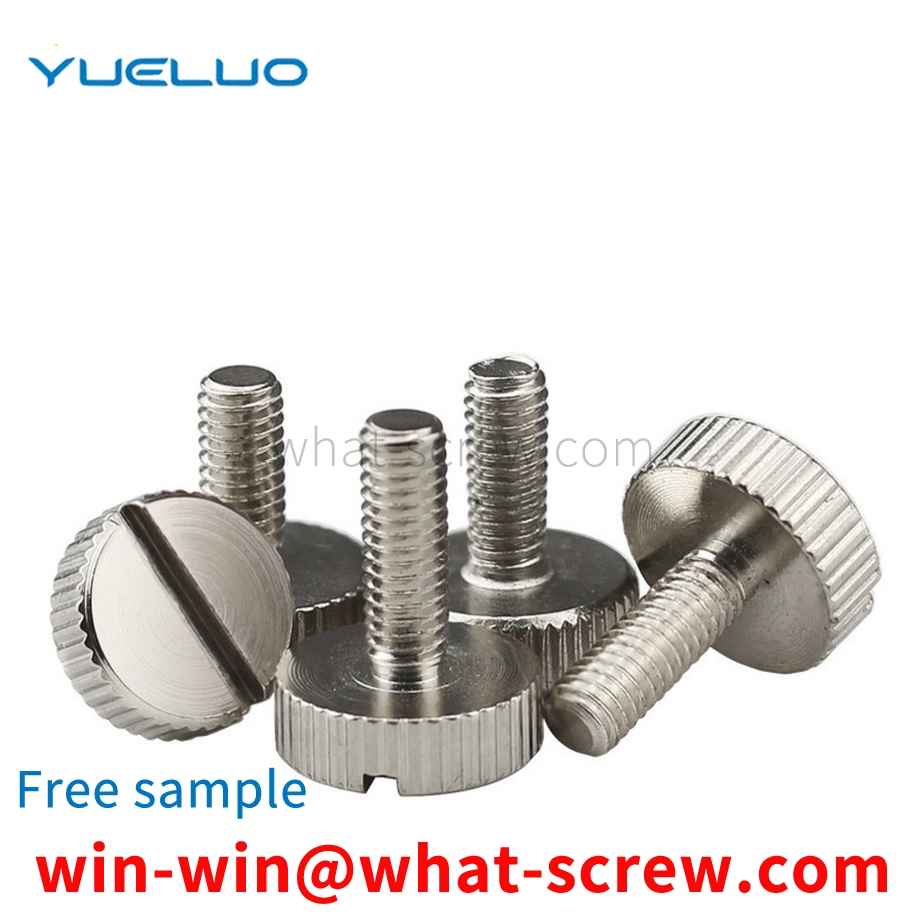
We have more than ten years of production experience in the ...

We have more than ten years of production experience in the ...
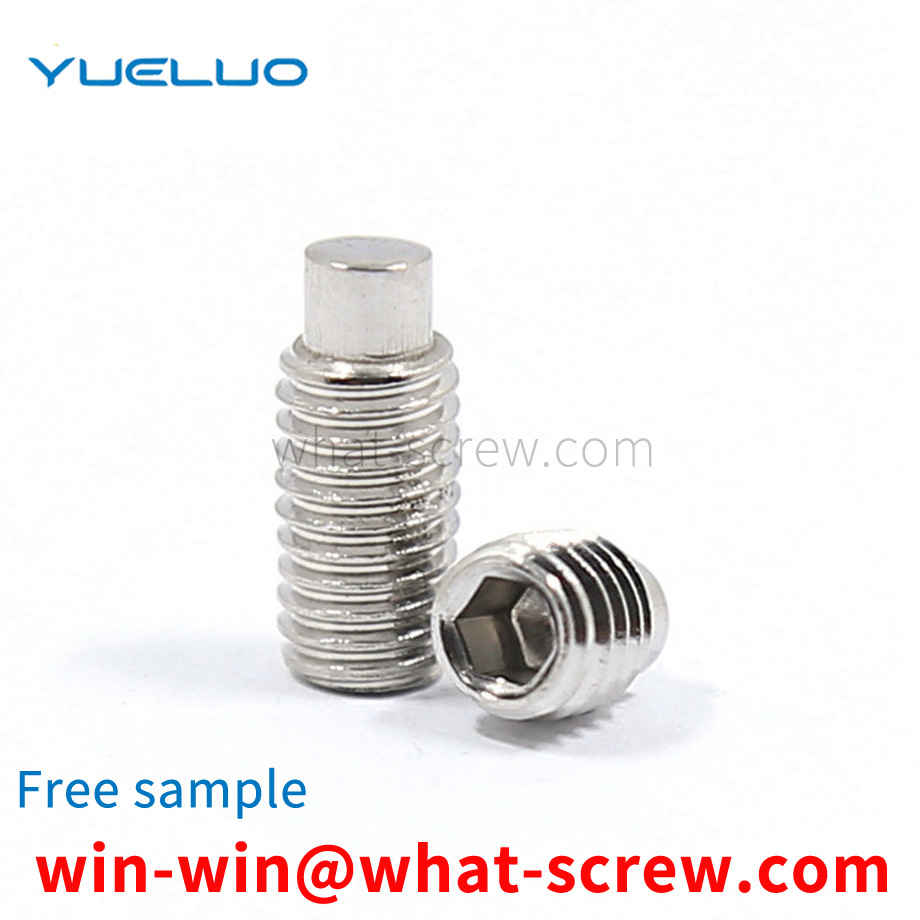
We have more than ten years of production experience in the ...
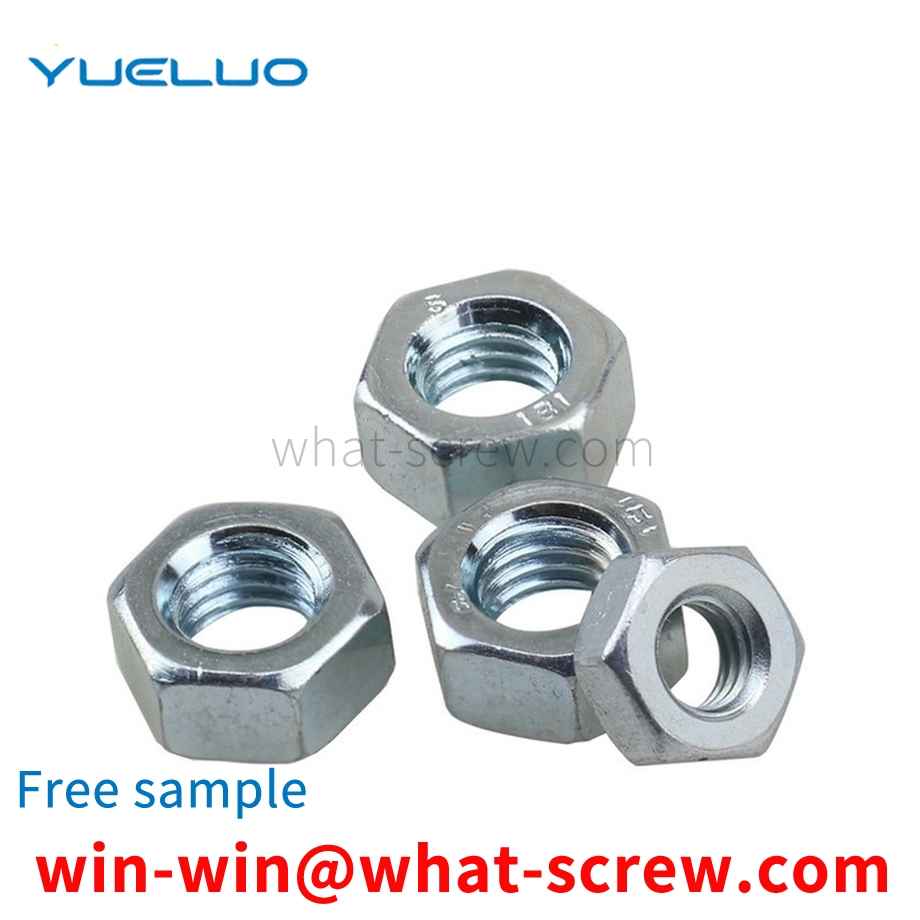
We have more than ten years of production experience in the ...